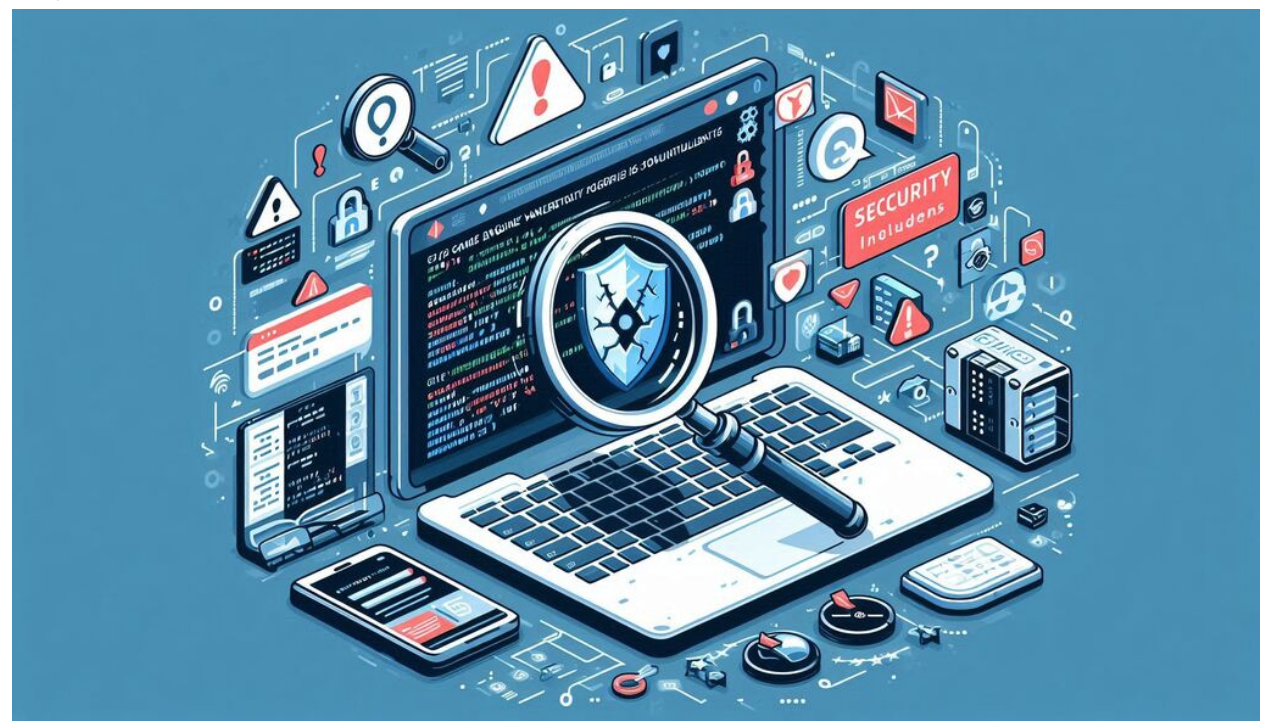In the rapidly evolving world of video game development, game engines are the backbone of creating immersive and engaging experiences. These powerful platforms handle everything from rendering graphics and physics simulations to managing game logic and user interactions. However, as with any complex software, game engines are not immune to vulnerabilities. This blog explores the impact of game engine vulnerabilities on security, the ways these weaknesses can be exploited, and the steps developers can take to mitigate these risks.
Understanding Game Engine Vulnerabilities
Game engines, such as Unity, Unreal Engine, and CryEngine, are widely used in the industry to create a variety of games, from indie titles to AAA blockbusters. While these engines offer robust tools and features, they also present potential security risks if not properly managed. Vulnerabilities in game engines can be exploited in several ways:
- Exploiting Software Bugs: Bugs and flaws in the engine’s code can be leveraged by attackers to gain unauthorized access or disrupt functionality.
- Injection Attacks: Vulnerabilities in input handling can lead to injection attacks, where malicious code is executed within the game engine environment.
- Privilege Escalation: Attackers may exploit vulnerabilities to escalate their privileges, gaining higher-level access than intended.
- Data Leakage: Insecure data management can result in the unauthorized exposure of sensitive game data or user information.
- Denial of Service (DoS): Exploiting vulnerabilities to launch DoS attacks can disrupt game services, affecting availability and performance.
- Manipulating Game Assets: Vulnerabilities in how assets are managed and loaded can be exploited to introduce malicious content into games.
Common Vulnerabilities in Popular Game Engines
- Unity:
- Serialization Issues: Improper handling of serialized data can lead to deserialization attacks.
- Plugin Vulnerabilities: Third-party plugins may introduce security weaknesses.
- Network Security Flaws: Inadequate security measures in networking components can expose game data.
- Unreal Engine:
- Engine Code Vulnerabilities: Flaws in the engine’s source code can be exploited to gain unauthorized access.
- Editor Security: Vulnerabilities in the editor environment may be leveraged for attacks.
- Asset Management Issues: Weaknesses in asset management can be exploited to inject malicious assets.
- CryEngine:
- Script Exploits: Flaws in scripting capabilities can be used to execute malicious code.
- Resource Handling: Insecure handling of game resources can lead to data corruption or leakage.
- Configuration Weaknesses: Misconfigured settings can expose security vulnerabilities.
How Vulnerabilities Can Be Exploited
Exploiting vulnerabilities in game engines can lead to a range of malicious activities:
- Unauthorized Access: Attackers can gain unauthorized access to game development environments, compromising both the game and its infrastructure.
- Code Injection: Malicious code can be injected into the game engine, leading to execution of unauthorized commands or data manipulation.
- Data Breaches: Sensitive information, such as user data or intellectual property, can be leaked or stolen.
- Service Disruption: Exploiting vulnerabilities can result in Denial of Service (DoS) attacks, affecting the availability of game services.
- Malware Distribution: Attackers may use vulnerabilities to distribute malware through game updates or assets.
- Gameplay Manipulation: Exploits can be used to alter gameplay mechanics, introducing cheats or unfair advantages.
Mitigating Security Risks
To protect game engines from vulnerabilities and potential exploitation, developers should:
- Regularly Update Engines: Keep game engines and their components up to date with the latest patches and security updates.
- Implement Secure Coding Practices: Follow secure coding practices to minimize vulnerabilities in both the engine and game code.
- Conduct Security Audits: Perform regular security audits and vulnerability assessments to identify and address potential weaknesses.
- Use Trusted Plugins: Only use plugins and third-party tools from trusted sources, and ensure they are regularly updated.
- Monitor for Threats: Continuously monitor for suspicious activity and potential security threats within the game engine environment.
- Encrypt Sensitive Data: Protect sensitive game data and user information through strong encryption methods.
- Secure Development Environments: Ensure that development environments are secured against unauthorized access and potential attacks.
- Educate and Train Teams: Provide training and resources to development teams on security best practices and emerging threats.
Conclusion
Game engine vulnerabilities represent a significant security concern for game developers and players alike. By understanding the potential risks and implementing robust security measures, developers can protect their game engines from exploitation and ensure a secure and enjoyable experience for users. Staying vigilant and proactive in addressing these vulnerabilities is crucial for maintaining the integrity and safety of both game content and player data.

